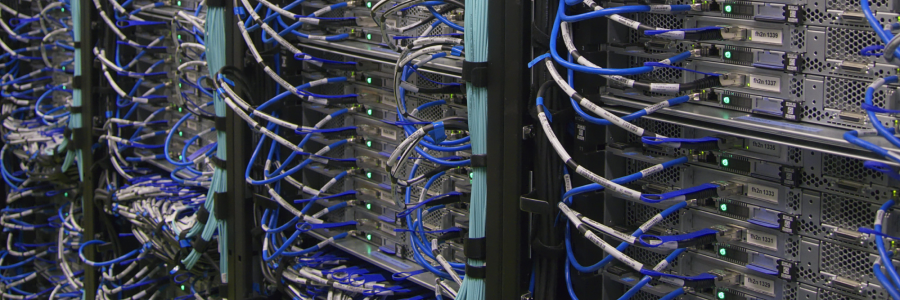The chance is high that as you have heard the phrase “crypto mining” for the first time your mind began to wander to a fantasy of hardworking dirty miners and pickaxes. That analogy is not too far off.
Mining cryptocurrencies is designed to be difficult and hard work in order to keep down the number of blocks found each day. For currencies like Litecoin and Bitcoin a miner needs a proof of work to add a block to the blockchain. Whenever a miner solves such complex tasks, he gets new coins, not unlike a mining operation extracting gold from the ground. This article is only about cryptocurrencies using proof of work. While it is surely the most popular one, there are other valid methods out there.
Is mining still profitable?
Mining cryptos is far less glamorous but as equally uncertain as mining gold. You need a lot of dedication and effort to be successful. There are several factors which determine whether your venture will be profitable.
These factors include the computer system, the cost of the electricity to power the computer system and the difficulty in providing the services. By the way don’t underestimate the price of electricity and the annual amount of power used for mining. This enormous power consumption is actually something that environmentalists heavily criticize. There are countries in which mining is not profitable at all. It is no coincidence that the most mining farms are in countries like Iceland where electricity is cheap.
So yes, you can still mine successfull. But you should make some calculations before starting and not just dive into it.
Methods to mine cryptocurrencies
Basically, there are two approaches to mining: Alone or as a member of a pool. Mining pools have some advantages, especially when you are not planning to invest big sums. While there are several pools you can join, they all work in almost the same way. The members of a mining pool work together and share their computing power.
When you do not own mining hardware, your chances of mining cryptocurrency successfully are not very big. With a mining pool you get regular and even payouts. However, these are relatively small. While all members of a pool are mining on their own, they agree to split the coins with all other members should they be successful.
If you want to get a little insight into mining, you can try browser based CPU mining pools. A CPU miner is not the cheapest option as you will see in the next part of the text, but it will give you an insight to it all.
If you want to mine alone, you should really know what you are doing. Since the number of miners working with highly effective gear has increased, it has become quite difficult to be successful. At least, you should read this article to the end to know what you need in order to succeed.
What you need for successful mining
In the beginning, computing with a CPU was the only way to mine cryptocurrencies. This cleared the way for mining with a graphics card (GPU). Graphics cards can work alongside a CPU, which increases the mining performance by 50 to 100 times. At the same time the power consumption decreases.
After the transition from the CPU to the GPU, the use of field-programmable gate arrays (FPGA) was heralded as the main mining platform. FPGAs did not cause a 50 to 100-fold increase in the hash rate which is what happened when changing from a CPU to a GPU, but it was a big step forward in improving energy efficiency.
A typical 600 Megahashs per second (MH/s) graphics card consumes around 400 watts, while an FPGA with a hash rate of 826 MH/s only requires 80 watts. This represents a fivefold increase in energy efficiency. Energy efficiency is an important part of the gain, which has prompted many people to use FPGAs instead of GPUs.
Mining is currently in transition to use Application Specific Integrated Circuit (ASIC). An ASIC is a chip with an electronic circuit that can only do one specific job. Unlike FPGAs, ASICs cannot do anything else. An ASIC built to mine Bitcoin can and will only mine Bitcoins.
The fact that an ASIC can only perform specific tasks in a certain way has led to a 100-fold increase in the hash rate, while the power consumption has decreased significantly compared to the previous generation. For example, a hash rate of 60 GH/s (1 GH/s = 1000 MH/s) comes with a power consumption of only 60 watts. Compared to the GPU era, that’s a 100-fold increase in hash rate, while power consumption has dropped sevenfold.
Unlike the previous mining hardware, ASIC will be the last generation and will be further developed from then on. CPU’s have been replaced by GPU’s, which have been replaced by FPGA’s, which are now being replaced by ASIC’s. There are currently no signs that ASICs will be replaced anytime soon. There will be a gradual further development of the efficiency of the ASIC products. However, nobody will increase the performance by 50 to 100 times or drastically reduce the power consumption like they did with the previous versions.
Also, the lifetime of ASICs is longer than the entire history of Bitcoin mining. It is likely that an ASIC device, which is bought today will still be sufficient energy wise in two years time and its yield will exceed the cost of electricity.
